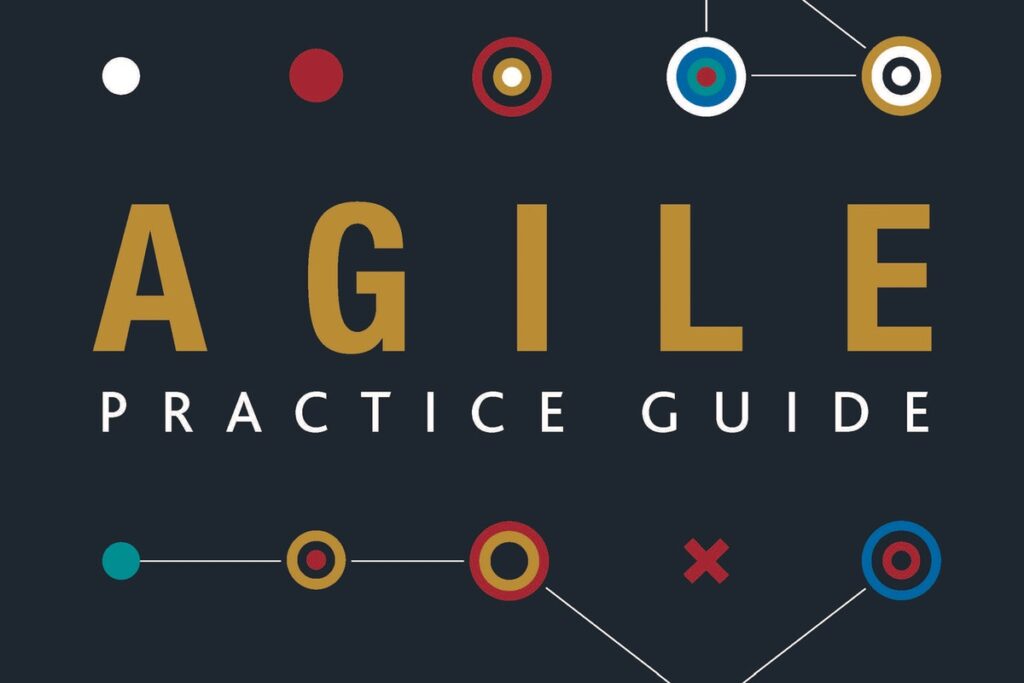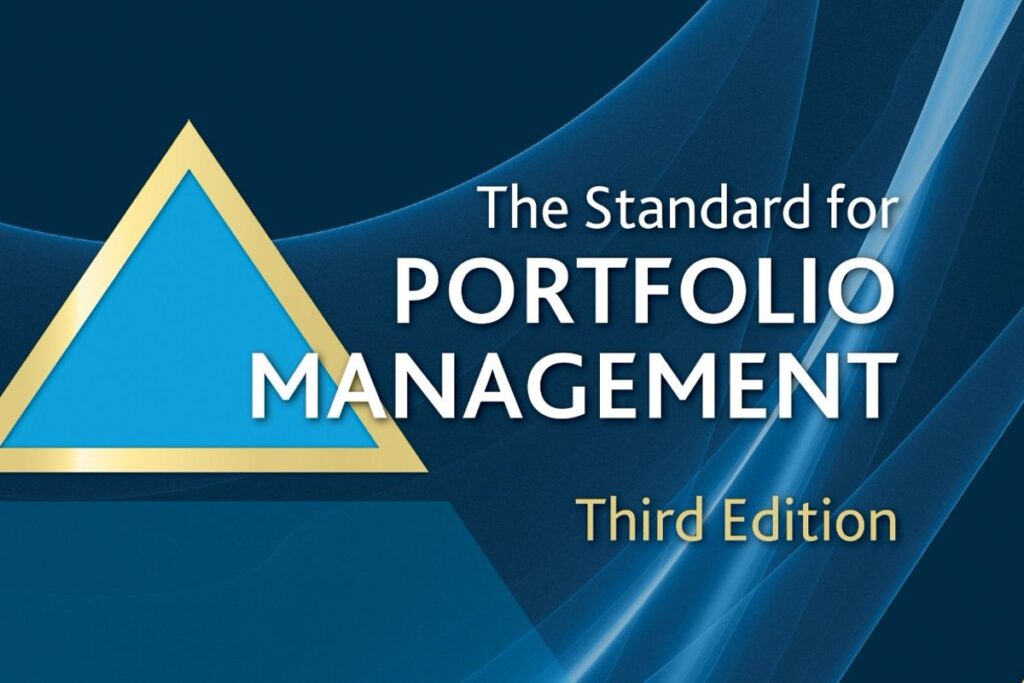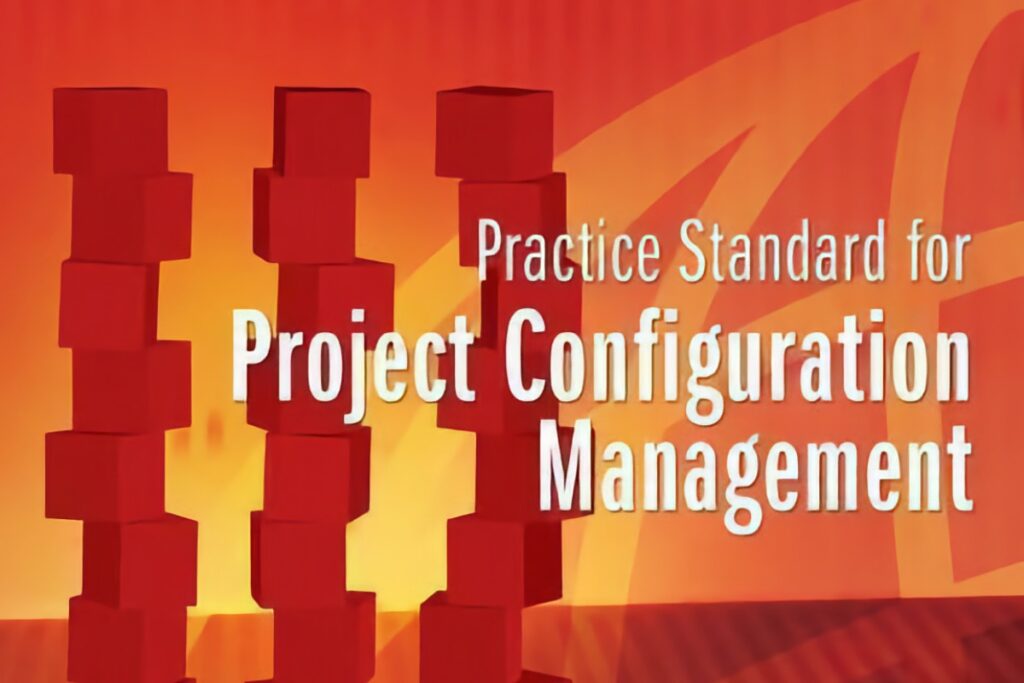The PMI Agile Practice Guide, published jointly by the Project Management Institute (PMI) and the Agile Alliancein 2017, serves as a bridge between traditional project management and modern agile practices. Released alongside the PMBOK® Guide – Sixth Edition, the Agile Practice Guide aimed to help project managers, teams, and organizations adopt and integrate agile methods within their existing frameworks.
This review explores the structure, content, strengths, and limitations of the Agile Practice Guide and its role in contemporary project environments.
Purpose and Audience
The guide was designed for:
- Project managers transitioning to or working in agile/hybrid environments.
- Teams combining predictive and agile approaches.
- Organizations seeking to improve agility while maintaining governance.
It complements the PMBOK Guide, which is traditionally plan-driven, by introducing adaptive delivery models that better suit innovation-heavy and change-prone initiatives.
Structure of the Guide
The PMI Agile Practice Guide is organized into seven chapters and five appendices, covering the following key topics:
- An Introduction to Agile
- Defines agile values, principles, and mindset.
- Positions agile as a continuum from predictive to adaptive approaches.
- Life Cycle Selection
- Discusses different project life cycles: predictive, iterative, incremental, and agile.
- Introduces hybrid approaches and decision-making criteria for selecting delivery methods.
- Implementing Agile
- Offers guidance on agile team structure, roles, and common practices.
- Details success factors, coaching, and cultural change.
- Organizational Considerations for Agile
- Addresses agile adoption across portfolios and programs.
- Introduces the Agile Suitability Filter for project assessment.
- A Guide to Agile and Hybrid Governance
- Provides strategies for balancing autonomy and control.
- Aligns agile execution with enterprise-level governance.
- Agile Metrics and Reporting
- Covers metrics like velocity, cumulative flow diagrams, and cycle time.
- Emphasizes actionable insight over excessive reporting.
- Putting It All Together
- Real-world application examples.
- Tips for tailoring agile to suit unique environments.
Key Strengths
✅ Balanced and Neutral
Unlike many agile publications that focus on a single framework (like Scrum or SAFe), PMI’s guide presents a broad, unbiased view of multiple agile methodologies:
- Scrum
- Kanban
- Extreme Programming (XP)
- Lean
- Hybrid combinations
✅ Bridge Between Worlds
The guide helps professionals integrate agile into PMI’s process-driven environments, offering:
- Glossary mappings between agile and PMI terms
- Clear guidance for teams using mixed methods (e.g., Scrum + stage gates)
✅ Accessible Language
Written in clear, structured prose, the guide is practical and easy to understand, even for project managers new to agile concepts.
✅ Practical Tools
It includes:
- Agile Suitability Filter
- Agile Manifesto overview
- Comparative life cycle tables
- Real-world examples
✅ Supports PMP and PMI-ACP
The guide is a core reference for the PMI-ACP® (Agile Certified Practitioner) exam and supports the PMP® exam’s agile content.
Limitations
❌ High-Level View
The guide offers broad coverage but often lacks deep technical guidance on specific frameworks (e.g., Scrum events, XP engineering practices).
❌ Outdated for Pure-Play Agile Teams
Since its release in 2017, agile practices have evolved. Pure agile teams might find parts of the guide too generic or process-heavy.
❌ Limited for DevOps and Product Management
The guide doesn’t fully address DevOps integration, product ownership strategy, or design thinking, which are now common in digital projects.
Comparison: PMI Agile Practice Guide vs. Scrum Guide
| Aspect | PMI Agile Practice Guide | Scrum Guide |
|---|---|---|
| Scope | Broad (multiple frameworks) | Specific to Scrum |
| Level | High-level strategic & practical | Tactical and role-specific |
| Audience | PMs, teams, organizations | Scrum teams |
| Governance Focus | Strong | Minimal |
| Hybrid Approaches | Encouraged | Not addressed |
Usefulness in Practice
The Agile Practice Guide is ideal for:
- PMOs introducing agile delivery in traditional organizations.
- PMPs who need to understand agile for hybrid project delivery.
- Managers overseeing mixed-method portfolios.
- Teams navigating early stages of agile adoption.
Less useful for:
- Fully agile product teams using advanced frameworks like LeSS or SAFe.
- Technical leads or developers needing engineering best practices.
Legacy and Continued Relevance
Despite being several years old, the PMI Agile Practice Guide remains:
- A foundational resource for understanding agile in structured organizations.
- A key reference for PMI certifications.
- A valuable tool for PMs facilitating agile transformation without abandoning structure.
Final Verdict
The PMI Agile Practice Guide is a practical, pragmatic tool for professionals navigating the intersection of traditional and agile project delivery. It does not replace in-depth agile training or specific frameworks, but it fills a critical gap by showing how to merge agility with governance, scalability, and organizational strategy.
For most project leaders and PMOs, it offers just the right amount of structure, flexibility, and insight to begin or improve agile adoption with confidence.




